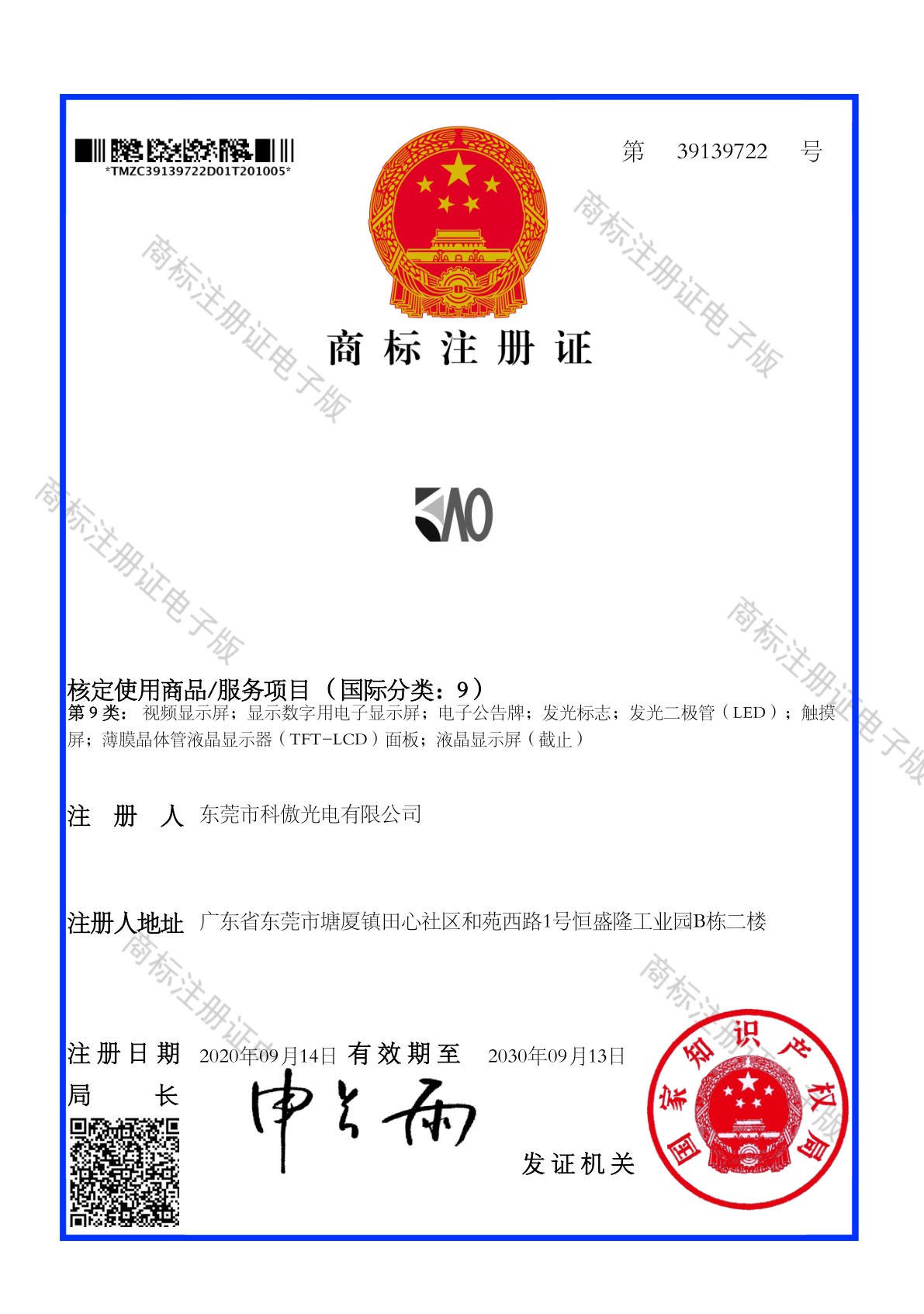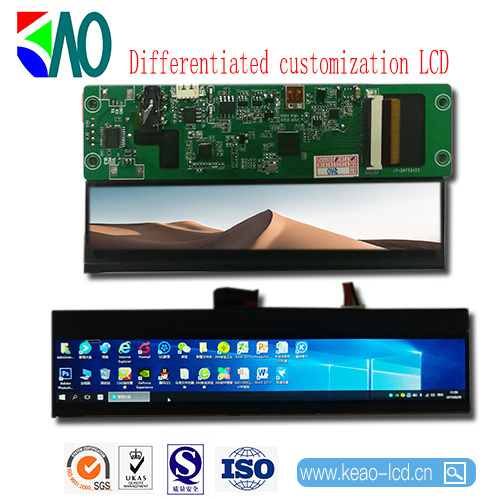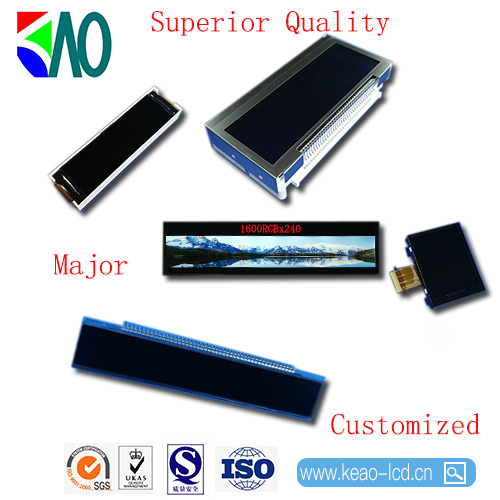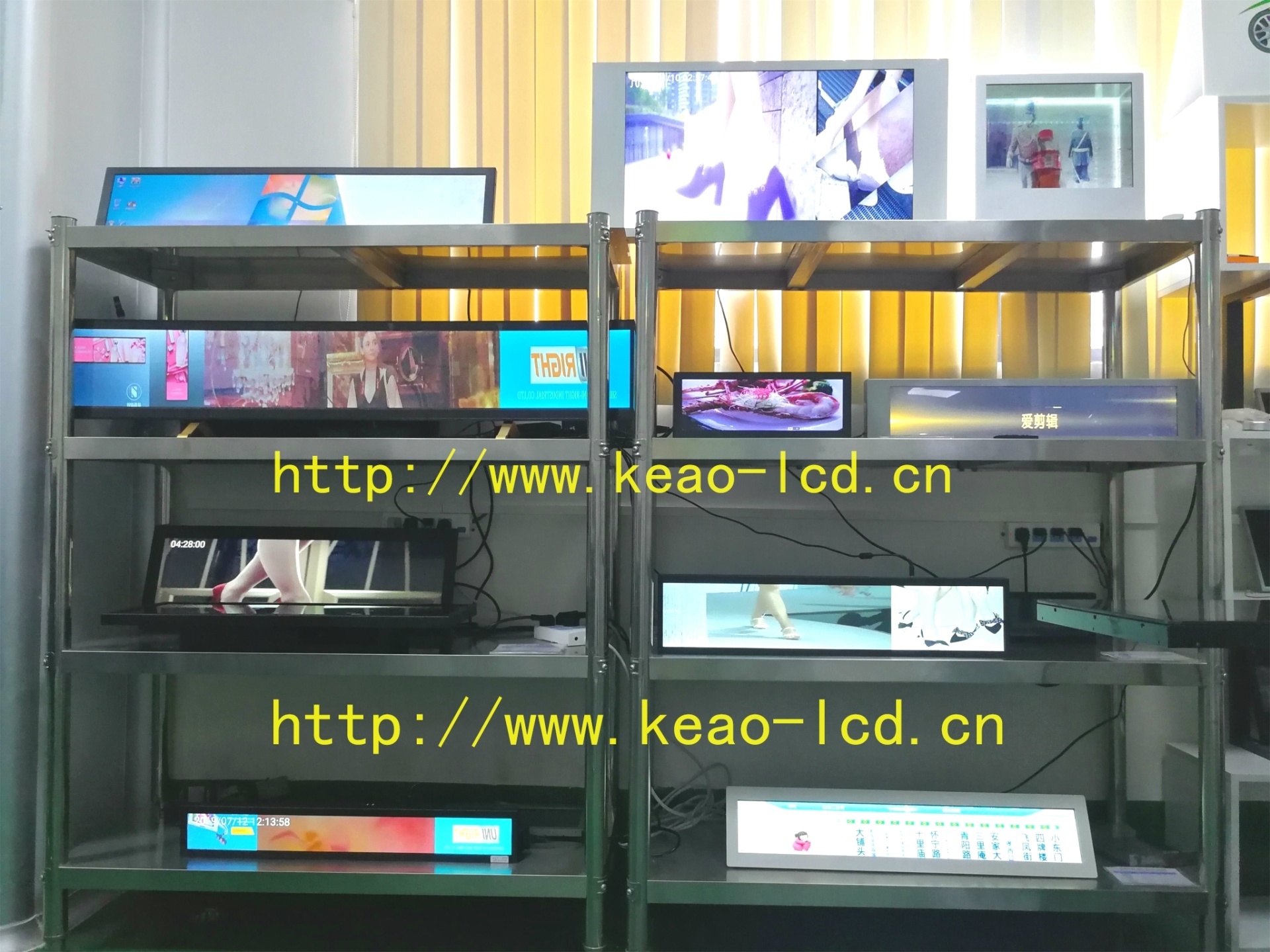Unveiling the Charm of Monochrome LCD Displays
In the fast-paced world of consumer electronics, one type of display technology has stood the test of time - monochrome LCD displays. These sleek and sophisticated screens have been a staple in various devices for decades, offering a unique visual experience that is both elegant and efficient. In this article, we will delve into the allure of monochrome LCD displays, exploring their history, functionality, and potential applications in today's digital landscape.
2024-06-15
In the fast-paced world of consumer electronics, one type of display technology has stood the test of time - monochrome LCD displays. These sleek and sophisticated screens have been a staple in various devices for decades, offering a unique visual experience that is both elegant and efficient. In this article, we will delve into the allure of monochrome LCD displays, exploring their history, functionality, and potential applications in today's digital landscape.
From the early days of calculators and digital watches to modern-day smartphones and medical devices, monochrome LCD displays have come a long way. The technology behind these displays dates back to the 1960s when researchers began experimenting with liquid crystals as a means of displaying information. By the 1980s, monochrome LCD displays had become a common feature in a wide range of electronic devices, thanks to their low power consumption and high contrast ratio.
Unlike their colorful counterparts, monochrome LCD displays use a single color (typically black or white) to render images and text. This simplicity not only reduces power consumption but also enhances readability in various lighting conditions. The high contrast ratio of monochrome displays ensures that information is displayed clearly and legibly, making them ideal for applications where readability is paramount.
Monochrome LCD displays can be found in a diverse range of devices, including medical equipment, industrial machines, and consumer electronics. Their ability to provide clear, easy-to-read information makes them well-suited for applications where accuracy and efficiency are key. In the medical field, monochrome LCD displays are used in devices such as pulse oximeters and patient monitors, where precise readings are essential for patient care.
With advancements in display technology, monochrome LCD displays have continued to evolve, offering higher resolutions, faster response times, and improved color reproduction. These improvements have expanded the potential applications of monochrome displays, making them a versatile and reliable choice for various industries.
In conclusion, the charm of monochrome LCD displays lies in their timeless elegance, efficiency, and versatility. As technology continues to advance, these displays remain a reliable and practical choice for a wide range of applications. Whether used in medical devices, industrial equipment, or consumer electronics, monochrome LCD displays continue to captivate with their simplicity and functionality. Explore the world of monochrome LCD displays and experience the beauty of this classic display technology.
Related info











